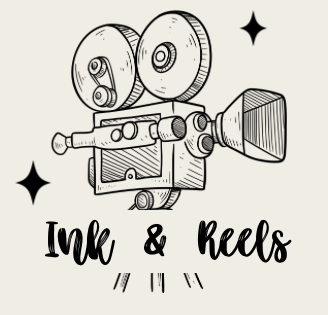The Stories Start Here…
Ink & Reels Blog
Spooky Season on Streaming Service: Where to Find the Perfect Flick
Spooky Season on Streaming Services ‘Tis the season for nights of frights and what better way to spend it than snuggling up on the couch with a cup of warm cider and a spooky movie to get in the spirit. This will serve as your guide to finding all the best horror, thriller, or even…
Mastering the Horror Genre: Essential Elements for Creating Terrifying Films
The horror genre is a very important piece of filmmaking history, often overlooked as being cinematic masterpieces. The exciting thing about the horror genre is that it is always changing and adapting with the world. Things that scare people often change and can even mirror real world problems as well. Films that scared people 50…
Death to Originality: How Reboots & Remakes Dominate Modern Media
In modern filmmaking, where having successful content is the key to success, the quest to provide original ideas has become increasingly elusive. From the never-ending reboots and remakes, to the formulaic narratives that all seem to echo one another, it’s easy to feel like we’ve seen this all before. Coming up with “new” ideas has…
Behind Every Great Story: The Anatomy of a Compelling Protagonist
Watching television or movies means following characters through a story, specifically one character in particular, the protagonist, or the main character of the story. The protagonist is the most important element of the story, because without them, there is no story, no reason to watch at all. So, as an audience member, we must want…
Prose or Script?: Which Format Best Fits a Writers’ Needs
Writing a story is an art that comes in many forms. Understanding the type of story you want to tell and the tools/techniques required to execute it are very important. Two of the biggest forms of writing for longer stories are prose and script formats. Scripts are made for the stage or the screen, while…
The Technical Significance of Color: Beyond the Story
In the world of filmmaking, color serves a bigger purpose than just narrative storytelling and emotional impact on the audience. Beyond the symbolism, color also serves a technical role in the aesthetic and functionality of the film. In this article, we will observe the technical role color plays in filmmaking and how it affects the…
Painting the Screen: How Color Tells a Story in Filmmaking
Using colors in film is a great tool for storytelling, because it allows the filmmaker to portray messages through visual elements as opposed to just telling the audience information outright. It also allows the audience to piece together the story themselves instead of feeling like everything is being spoon-fed to them. Colors can be used…
Villains Aren’t Always the Enemy: Decoding Storytelling’s Most Misunderstood Characters
When someone watches a movie or tv show, they typically see two things, the good guy and the bad guy. Usually the good guy is the main character, and sometimes the bad guy is the antagonist. However, as a writer, it is important to understand the difference between the antagonist and the villain, because oftentimes…
“A Quiet Place: Day One”: A Terrifying Return to the World of Silence
A Quiet Place: Day One (2024) is an exciting prequel to the Quiet Place film series originally created by John Krasinski who brought in Michael Sarnoski to write and direct this new addition to the lore. After his success with Pig (2021), Sarnoski gained a lot of attention from the film community and proved his…
Inside Out 2: The Emotional Evolution
The highly anticipated sequel to the Inside Out franchise has finally made its arrival and it did not disappoint. This film dives deep into the inner working of the mind as a child struggles with the transition into their teens and hitting puberty. Your emotions are all out of whack and nothing feels normal, yet…

